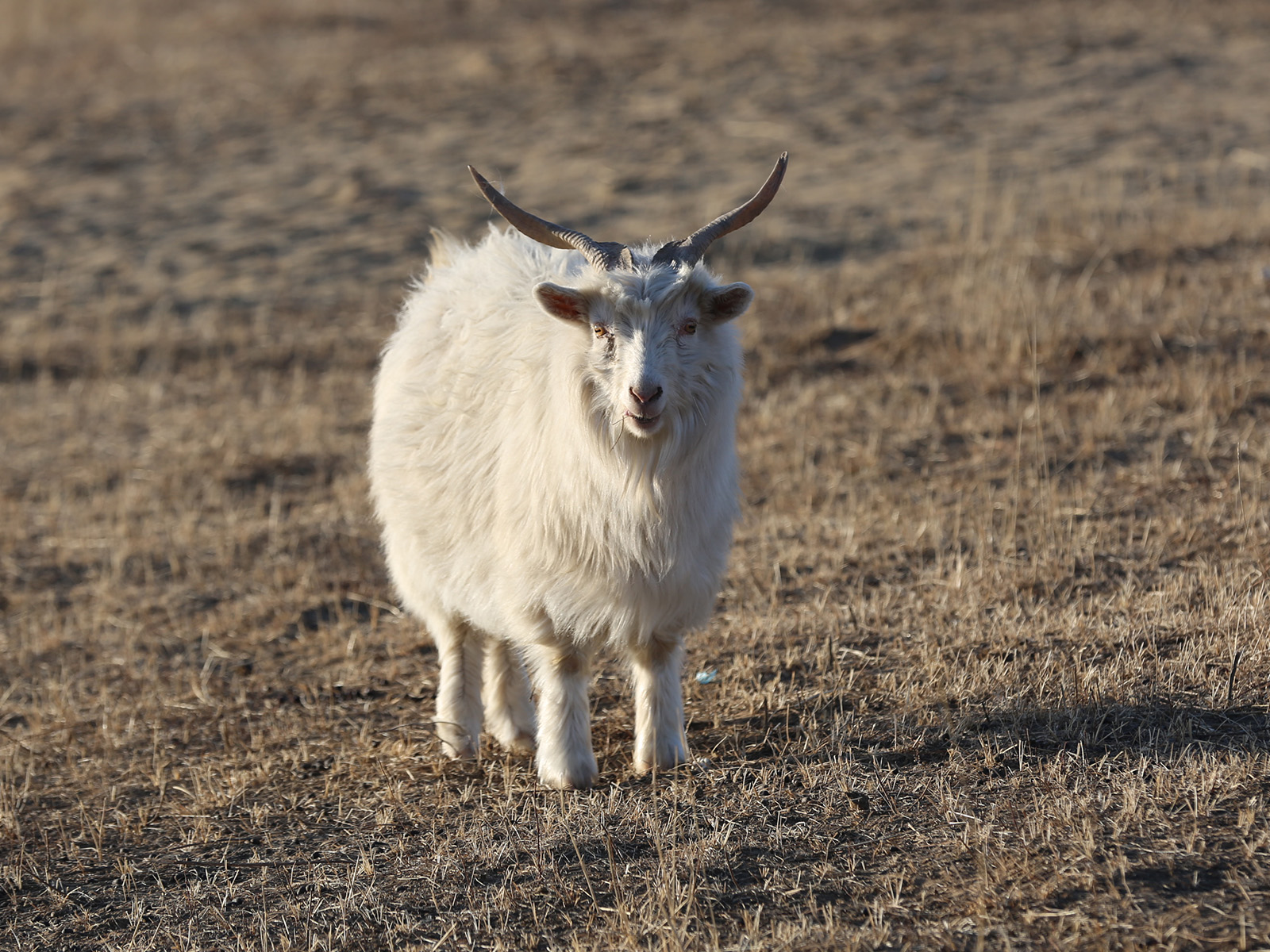
Arbas Cashmere Goat at North Land Goat Farm
What is Cashmere
Both cashmere and wool are animal fibers. Wool is more commonly known and it comes from sheep, whereas cashmere is the lesser known and comes from cashmere goats.
Definition
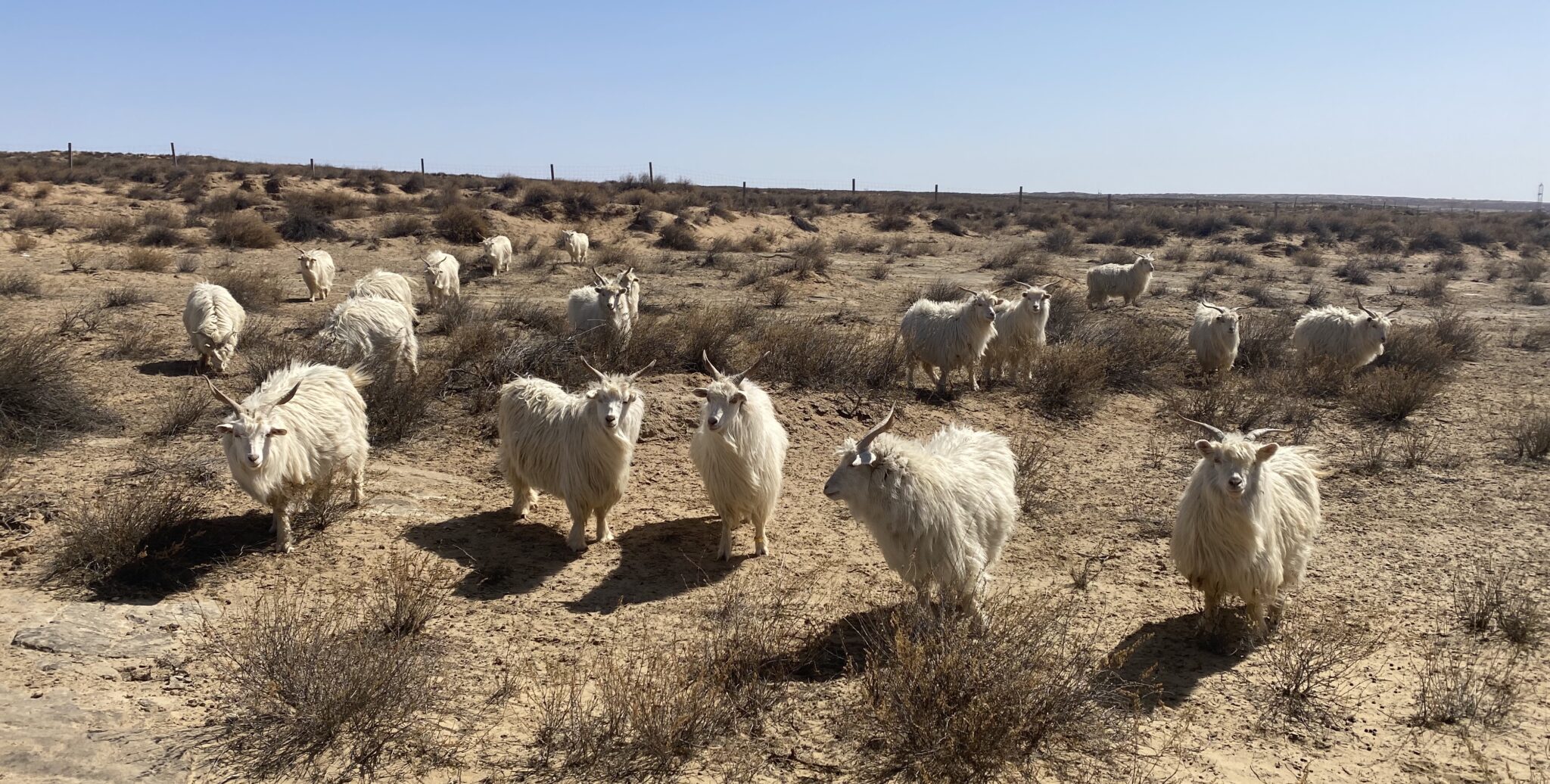
Arbas Cashmere Goats at North Land Goat Farm
Cashmere is one of the most luxurious fibers in textiles. It makes up only 0.2% of all animal fibers consumed and is a natural fiber that comes from cashmere goats.
Cashmere goats(Capra hircus lasinger) have two layers of fiber. The outer layer is coarse hair and the undercoat layer right over the skin is known as cashmere, which provides additional insulation.
Physical Structure and Characteristics of Cashmere Fiber
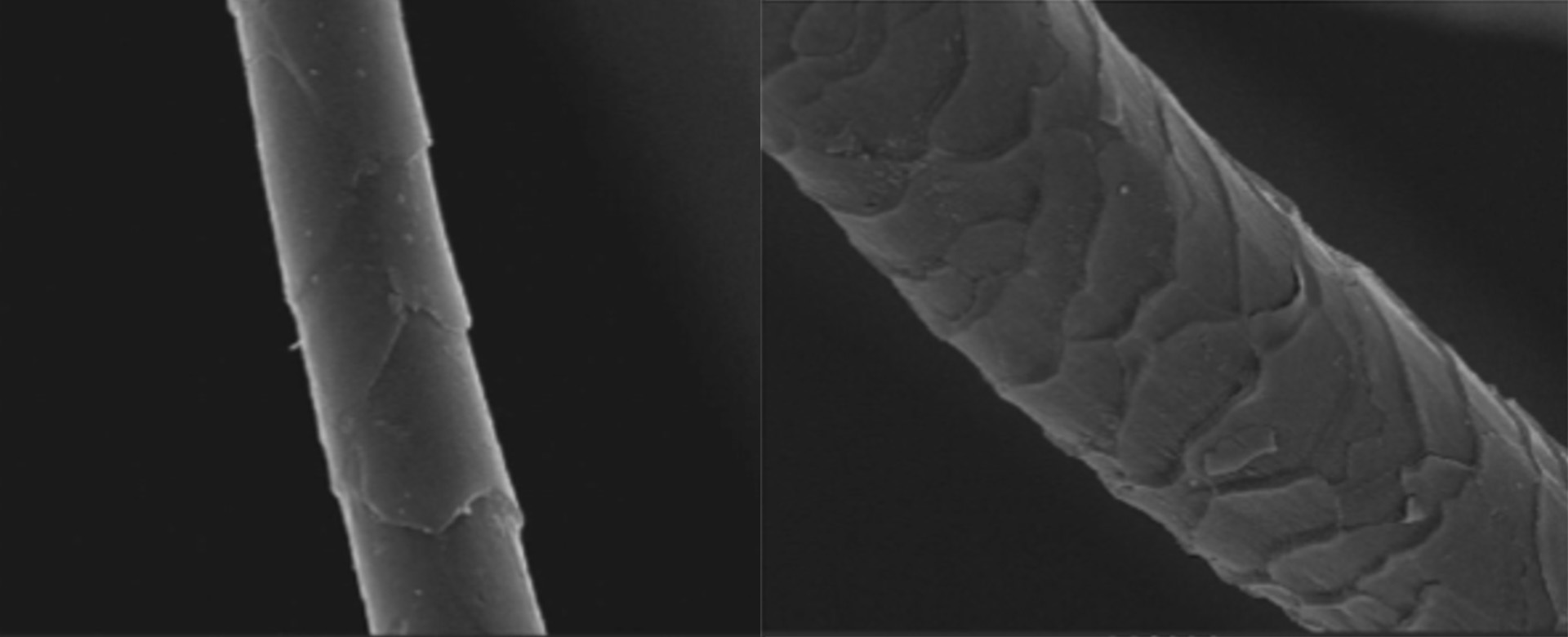
Cashmere(left) and Wool(right) Fabric Under Microscope
Structurally, cashmere is quite similar to wool so both cashmere and wool share a lot of physical and chemical similarities. However, there are several key differences that make cashmere much more luxurious as a textile raw material.
Cashmere is much softer than wool because it's thinner than wool fiber. Being thinner means it is easier to bend under pressure, which gives a softer feeling when pressed by the hand.
Cashmere is much smoother than wool because it has fewer scales. Friction occurs when fiber rubs against each other owing to the scales on the fiber surface. Having fewer of them results in a smoother hand feel.
Unlike wool, cashmere fiber is hollow inside so it's lighter and warmer than wool. The central cavity of cashmere fiber is empty and filled with air, which offers an insulation three times better than wool.
Cashmere is more moisture absorbent than wool and more comfortable to wear.
The Most Luxurious Textiles Raw Material
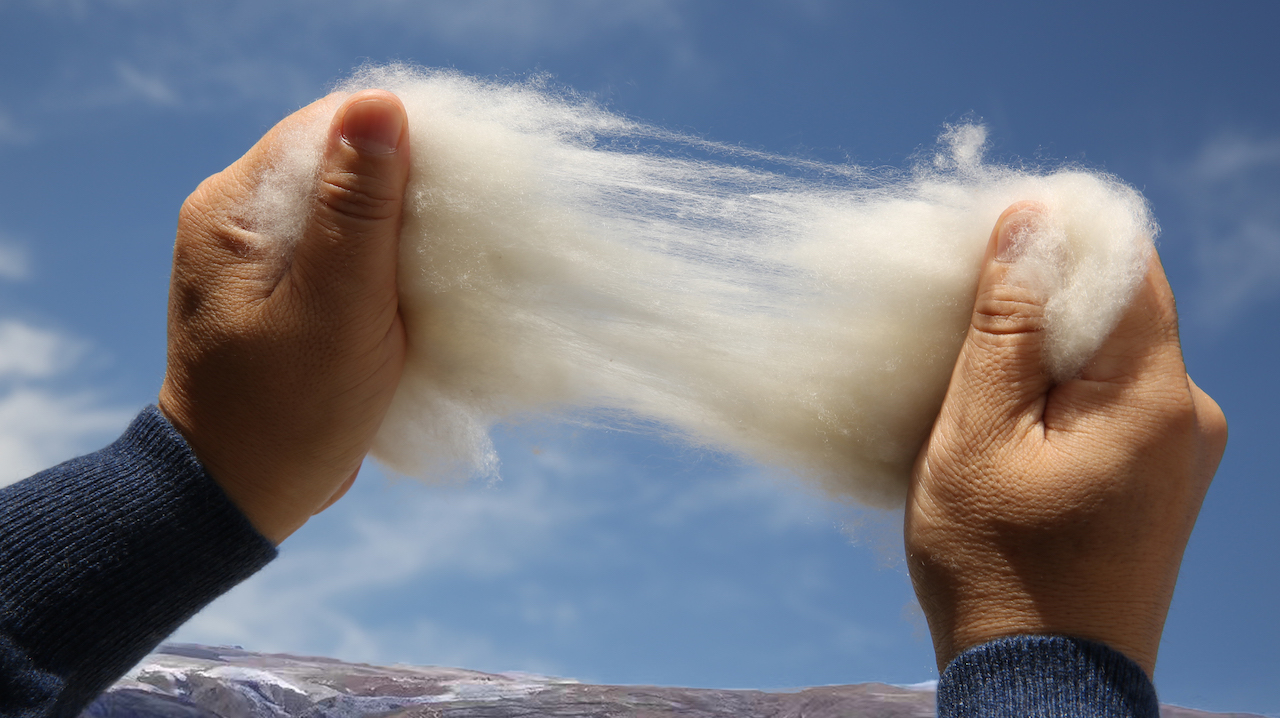
Cleaned Cashmere Fiber
Without a doubt, cashmere is the most sought-after raw material in textile industry. It has all the desirable characteristics of wool but is better than wool on almost all aspects.
Compared to other fibers, cashmere has a very limited output so its price has always been the highest.
Global Annual Output of Cashmere Fiber
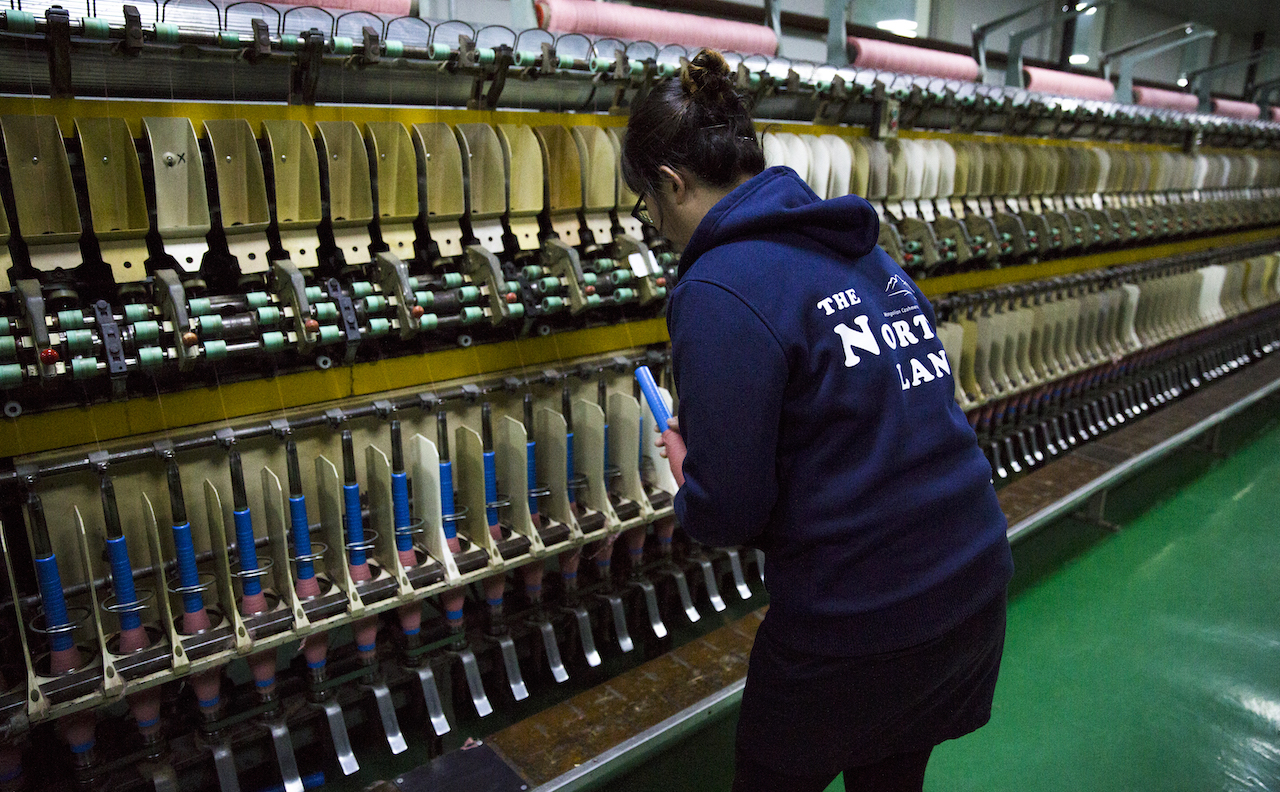
Cashmere Production
There are about 1.1 billion goats living in the world according to FAO. The total output of greasy cashmere is approx. 25,000 metric ton, and approx. 9000 metric ton in terms of dehaired cashmere fiber.
China and Mongolia are the two biggest sources for raw cashmere. Combined, the two countries account for more than 90% of the global output.
China mainly produces white cashmere that's considered the best among the three natural colors, and more than 70% of that portion is from Inner Mongolia, the northernmost province of China.
Mongolia, on the other hand, is famous for producing beige and brown cashmere.
Three Natural Colors of Raw Cashmere Fiber
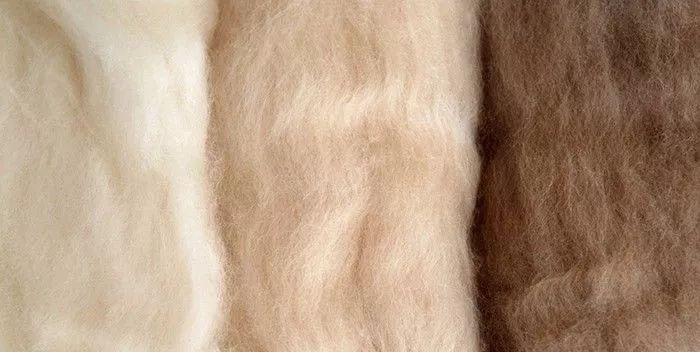
Three Natural Colors of Cashmere Fiber
The majority of white cashmere comes from China, especially the Great Gobi regions in western Inner Mongolia.
Beige and brown cashmere fibers are primarily produced by black and brown goats living in Mongolia. These cashmere fibers can be even thinner than the white cashmere from China but they are not as acknowledged because they can only be dyed into darker colors. Dyeing them into lighter shades requires bleaching, which deteriorates fiber quality.